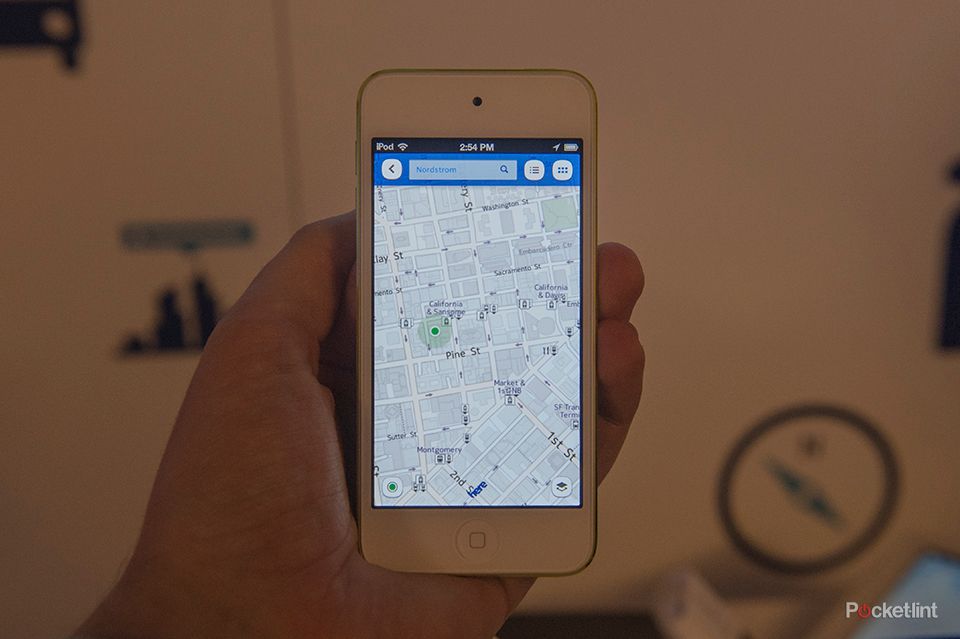When Nokia announced that its "Here" branded mapping would be making its way to Apple's iOS we got rather excited. Could it be that Nokia had swooped in from seemingly nowhere to fix the Cupertino giant's iOS 6 Apple Map woes?
Sort of. Well, no, not really. The iOS version of Here Maps isn't a patch on what's available on the Nokia Windows Phone 8 platform or the forthcoming Android SDK that's due in 2013.
READ: Here by Nokia: New cross-platform mapping service
There is plenty of good to be taken from that though. There's live traffic information, including public transport routes that, from our limited testing, appear to work. The Around Me concept will also draw in local attractions, or you can search for a subject of interest - such as "food" - and have relevant search results pop up. To personalise things there's the Collection section of the account which can save recently visited place locations throughout the world.
However, as the app version is coded in HTML5 it's essentially designed to run in a browser, which Nokia has instead wrapped up into a standalone app format. This brings with it a number of limitations: the iOS version is tile-based as per Apple Maps or Google Maps, which means a far larger size than the vector-based Windows Phone or Android versions.
So you'll need a data connection to download visuals and information because - according to a Nokia developer on site at the San Francisco Nokia Here launch - the cache limit is around the 1MB mark. That's not a lot of mapping that can be held in the bank, in fact it's around a single screen display or two before the app will need to pull in extra data. And as that data pool is continually updated and overwritten there's no database that will store any previously navigated locations.
There is a half-way workaround that has been coded in however. It's possible to save the map area, which includes up to four levels of zoom. That data can be revisited without a connection for reference.
The same developer did also suggest that within the code it may be possible to open up around 200MB of cache, which may improve how much active data is available direct from the device in an "offline" mode in the future. For now, however, that's not the case and it may never be.
Also unlike the Nokia and Android versions of the application, the iOS version on maps is top-down only. There's no funky 3D maps, something that even the Web GL version - accessed via a PC rather than mobile device - can muster.
It looks like the iOS version has drawn the short straw in this instance. There are positives to be taken, and we love that Nokia is expanding its services across platforms, but this version could have been oh so much more.




